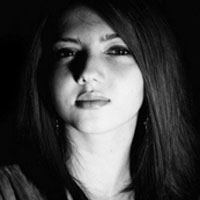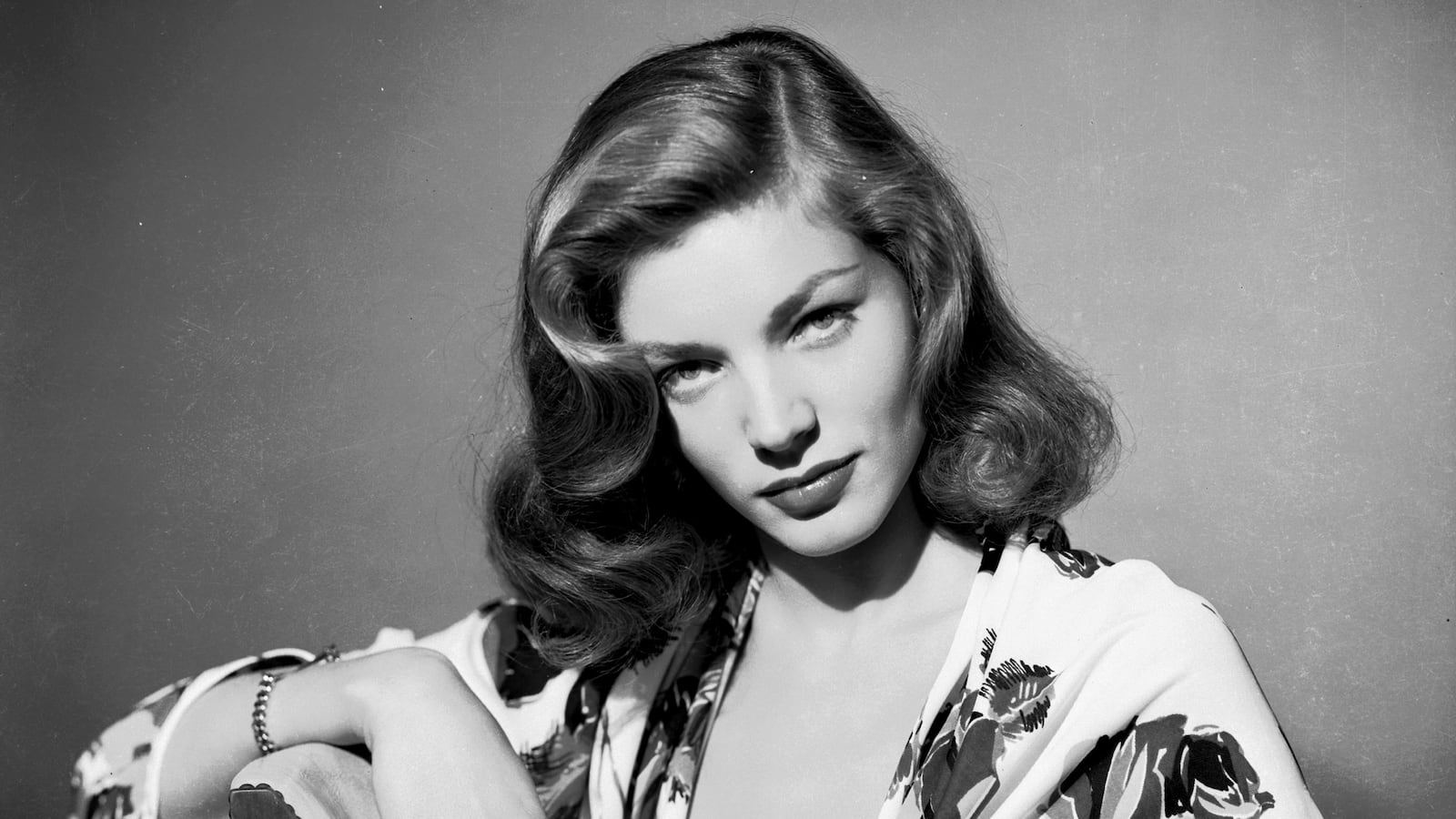I like thinking about what Lauren Bacall’s reaction to reading her own obituaries would be.
The platitudes of course wouldn’t even warrant an eyeroll. Lauren Bacall has been dodging accusations of legendry for half her career. If you asked her, she’d have told you the real legends died long ago—she was a working actress to the end.

The personal anecdotes, the odes to specific performances and films might fare better. Lauren Bacall was pragmatic, not modest. And for the ninnies who try to make some tempered and therefore more “trustworthy” statement (not a great actress but a great star, they say) I like to imagine Bacall lighting up a cigarette, and giving them The Look.
Betty Bacall from the Bronx—who loved her single mom, who never liked being told she didn’t look Jewish, who idolized Bette Davis and Myrna Loy—never did have much time for bullshit.
She made 72 films throughout her career, and the longest break she ever took from the screen between her debut at 19 to her death at 89 was a six-year hiatus in the late 1960s. She wasn’t on vacation—just on Broadway.
Her debut, of course, in the Howard Hawks’ masterpiece To Have and Have Not, is the stuff of legend.
“You know how to whistle, don’t you, Steve? You just put your lips together and blow.”
And just like that she husked her way into the history books.
She was Hawks’ protégé, famously so green that her legendary “Look”—chin low, eyes glancing up in a come-hither but still better-than-you stare—was born out of a need to stop her head from trembling. The story that has built up around Bacall is that Hawks molded her, while her costar and eventual husband Bogart made her comfortable. But one look at the film is enough to dispel all notions of Svengali. Hawks might have imagined the woman that Lauren Bacall could be, but she sprung from his mind onto the screen like Athena, fully formed and armed with an intellect entirely her own.
Lauren Bacall was the ideal postwar star—as sexy as any pin-up, but she was a woman’s woman at heart, a reminder in the age after Rosie the Riveter that a great woman is exactly like a great man, only better. She looked better, she sounded better, she wore better clothes, she could flirt better, sing better, walk better than every man she ever shared the screen with, including her husband, and he knew it. Even decades later, the timeless pleasure of those Bogie and Bacall duets is in watching a pair whose delight in themselves was only eclipsed by their delight in each other.
Those four films—To Have and Have Not, The Big Sleep, Dark Passage, and Key Largo—probably remain the most iconic of Bacall’s career, but to limit Bacall to just her Bogie years is to do a disservice to her remarkably mutable talent. In her nearly 70-year career, Lauren Bacall’s collection of auteurs was as deep and diverse as any star could hope for—Hawks, Huston, Negulesco, Curtiz, Minnelli, Sirk, Thompson, Lumet, Glazer, and von Trier all called upon her to provide a little movie star magic to their visions. She always complied.
Bacall was a working mother in a time when most women were at home, and after Bogart’s death she was maybe the most visible single working mother in America. She was a sex bomb without a backlash, an actress whose career outlived her youth, and a movie star whose life seemed as happy as it was interesting. If it took a while to realize just how unusual Bacall really was, well, it was probably because she was too tough to criticize and too cool to ever break a sweat anyway.
Lauren Bacall never needed hosannas to know she was great. But today, I’ve got a glass, a hand, a cigarette, a flag, a proto-feminist rallying cry, and a salute to raise for her anyway. Even if they never ask, all great artists deserve a little thanks.






